Valve's Steam Deck was released exactly one year ago. During this time, this gaming laptop has undergone major monthly updates that bring new changes to the interface and features. From a massive game library to impressive performance, this little PC only gets better with time.
Steam Deck packs your entire gaming PC setup into one portable device with integrated controller and 800p LCD touchscreen. At $399, this laptop costs half as much as a comparable desktop computer and weighs just over a pound. This makes it easy to keep it on for hours and unleashes the power of desktop gaming. Don't confuse Steam Deck with a game console - this system combines all the advantages of a computer, such as a desktop operating system, mod support and extensive graphic customization right in your pocket. Plus, it has enough power to smoothly run the latest AAA games at up to 60fps.
The Steam Deck's USB-C charging port supports dock mode when connected to a USB-C hub, allowing you to game at home on a large TV or gaming monitor in up to 4K 120fps. If you're really determined, you can even connect accessories like a mouse and keyboard to the dock's extra USB ports to use it like a traditional Linux or Windows desktop. This add-on feature opens the door for computing activities like photo editing or web browsing. When it's time to disembark, simply unplug your Steam Deck and pick up right where you left off. The versatility of the Steam Deck has made it a place in my daily pack. Read on to see how the honeymoon phase goes.
Steam Deck changes the way you play
Before Steam Deck, you usually bought a home game console or a hefty desktop gaming tower (£30 on average) to play the latest games in full graphical fidelity. The components that power these systems are expensive, bulky, and consume a lot of energy. That means you're strapped into an office chair or sofa in the living room while you play. Console makers have long offered portable consoles like the Sony PlayStation Portable for gaming on the go. The weaker mobile hardware of these devices failed to achieve full performance parity resulting in a successful reboot of the latest version of Call of Duty only available on home systems. Portable systems often have derivatives of flagship games or completely different games that are nothing like the ones you have at home.
In 2017, Nintendo attempted to bridge the gap between home and portable gaming systems by releasing the Switch, a single 2-in-1 game console. With this hybrid tablet, you can play games on your TV at home and on the go on a 7 inches. Unfortunately, its mobile chip (Nvidia Tegra X1) lacks the horsepower to natively play new AAA games like Control or any of the Resident Evil remakes. And when ports of well-known games like The Witcher III finally come to Switch years after their original release, the experience often drastically shrinks to the shell of their original release.
Consoles have recently moved to cloud gaming, allowing gamers to remotely stream their console games to their phone or laptop. While it works quite well, cloud gaming is slower and graphically worse due to bandwidth requirements. To make matters worse, you can't even play your games if you don't have a Wi-Fi or mobile data connection. These scenarios, like trying to kill time while traveling by plane or train, are exactly what I want most from a portable system.
Laptops, on the other hand, have fared much better than rugged but truly mobile gaming laptops. These expensive computers contain desktop-style components powerful enough to play the latest 3D PC games like Cyberpunk 2077 or Red Dead Redemption II from anywhere. Their large cases are needed to house equipment such as processors, graphics cards and giant displays. Gaming laptops provide desktop performance when plugged into an electrical outlet, but performance degrades and batteries drain quickly when unplugged from chargers. Also, they are heavy (over 5lbs) and tend to be very hot and noisy.
Up until last year, most people were spending over $1,000 on these gaming laptops, despite their limitations. I know because I'm one of them. I have been using an outdated MSI laptop for mobile gaming and video editing for a few years now. That means it lasts just over an hour on a full charge.
My Steam deck currently contains the latest versions of the game with PC features like custom keyboard shortcuts and game mods. This lasts up to eight hours when playing less demanding indie titles and just over two hours when playing AAA titles at maximum settings. That's way more than the hour I spend on my gaming laptop. And with full control over power consumption and framerate, I can pull graphics and set them to 30fps to run the latest games even longer without stuttering.
Gaming performance of this caliber has never been more accessible and versatile, bringing 2-in-1 desktop and mobile functionality into one PDA. Steam Deck came at the perfect time when Sony and Microsoft started releasing their console-exclusive PC games. This means that you no longer need to buy a PlayStation to experience God of War or an Xbox to play Halo and the Forza racing series - all the latest console games from the first manufacturers are available on this platform. There's also a multi-year library of PC games and exclusive PC games. And with hardware powerful enough to emulate nearly every game console ever made, from the Atari 2600 to the Nintendo Switch, Steam Deck is the perfect all-in-one gaming system.
Benefits of all-in-one components
The secret to such high performance and long battery life lies in the Steam Deck Accelerated Processor (APU). This microprocessor, nicknamed Van Gogh, was developed by Valve in collaboration with the semiconductor company AMD. Combine and compress traditionally large GPU and CPU components into a single 7nm square.
This tiny chip is several times smaller and consumes much less power. However, it's rated at 1.6 teraflops and can run older games at up to 4K 120fps when connected to a big screen. It is also sufficient to play the latest releases of Triple-A today in 720p with medium settings at 60 FPS on the Steam platform. Since the APU uses the same RDNA 2 architecture as current generation consoles, it will have no problem playing future titles like Hogwarts Legacy.
Of course, this little component is no match for a desktop computer with a high-end graphics card like the 3090 Ti. But its ability to pump graphics well at medium presets is very impressive. And its high level of integration makes it easy to control the whole system: you can change everything from fan speed to power consumption to extend battery life at the expense of performance.
Open up the Steam platform and you'll find the internals are neatly arranged, making memory upgrades and repairs easy. Even though the APU takes up little space and generates less heat, it has plenty of room to breathe. The valve thermal management system uses software to monitor the equipment and cool the sections to some extent to avoid performance degradation. This prevents lag and frame drops in games without annoying fan noise. While Steam Deck is pretty much an all-rounder, it has to cut costs somewhere to hit its price point.
suboptimal detection
The platform's 7-inch 1280 x 800 resolution IPS display is large enough for maximum immersion. Its lenses are a bit thick in my opinion, but they don't get in the way when you start playing. The extra screen makes it easier to see objects and read text in digital worlds than my Switch or my old PlayStation Vita. While its 800p display looks flimsy on paper, that's beside the point; It's hard to tell the difference between resolutions on smaller screens. Instead, the LCD panel has difficulty reproducing colors.
The platform's LCD panel looks washed out compared to OLED. The OLED screen's vibrant colors and true blacks make any scene pop, but it really shines in dark scenes where the setup's LCD screen struggles. PlayStation Vita's OLED display, with its long history, has also surpassed Steam in the few indie games we launch at the same time. Check out the fiery yellow Vita against the near-white/yellow deck in the Hotline Miami photo above. This shows the wider color space of OLED technology. An OLED panel's ability to mute individual pixels to produce true blacks enhances dark scenes and increases color contrast. In fact, you can see how the LCD backlight brightens black areas and turns them light gray, which is distracting in dark scenes. Finally, the details really pop on the small screen of the PlayStation Vita, which looks better than the LCD screen.
Yes, Steam Deck has a bigger screen. But I strongly believe that the size of your screen isn't as important as how you use it. In this case, 2D and 3D games will have more experience on the OLED panel. In fact, most people won't compare an OLED screen to their computer when gaming. Also, you have to be a snob to really notice an LCD's weaknesses. But for a device primarily designed to be portable, this is a notable bug that becomes apparent in games with dark scenes like action horror or stealth games.
SteamOS software is constantly evolving.
Steam Deck's biggest achievement is making it easier to play on PC. The device runs an easy-to-use operating system called SteamOS 3. This operating system is visually clunky with a focus on game pack graphics and simplistic menus similar to what you'd find on a gaming console. You can switch between tabs to view your library of custom games, your friends' activities, and the digital store to view new games. When you launch the game, its graphics settings are already optimized for your hardware, so you can start playing without changing any settings as you would on a console. And because Steam Deck runs on AMD hardware, you can make use of AMD's FidelityFX Super Resolution technology, which runs games at lower resolutions and then enhances and optimizes detail for higher frame rates.
SteamOS is not only available, but unlike a traditional gaming system, it is constantly receiving major updates. Some of these major updates include retention of individual gaming performance profiles, LAN game streaming, and an updated desktop dock mode. Other updates optimize battery usage and framerate to make it even better. These feature enhancements may not have come with your device, but they open the door for more advanced features like installing Windows 11. Because SteamOS runs on a full build of Linux, you can switch to desktop mode, among other things. Here you can use the browser to download comprehensive apps like OBS for live streaming, Famistudio for music production, and DarkTable for photo editing. Or you can install Windows for even more options, like downloading games and apps that aren't available on Steam (like Xbox Game Pass).
Another benefit of Steam Deck is PC-style software customization for those who want extensive customization. This gives you the freedom to download plugins to change the way you use the console. Remember that the colors on an LCD screen aren't as vivid as they are on an OLED screen? I installed a plugin called vibratingDeck to boost saturation and make the colors more saturated. And if you really want to play untested decks, you can use Windows to play games like Battlenet World of Warcraft or Overwatch 2. Consoles are limited above this mod level. A year later, I'm spending more time than ever playing PC games and rarely touching my primary computer, except for VR games that rely on its more powerful hardware.
Steam Deck is the hybrid future of PC gaming
While the Steam Deck looks massive at first glance, especially next to a console like the Switch, the ergonomics are some of the most comfortable you'll find on any portable device. It took me a couple of days to get used to the 1.5lb weight, which is double the Switch or Vita. However, the curved grips are easy to wrap around and my fingers rest naturally on the triggers. Meanwhile, all keys are pressed perfectly and the stroke is not too shallow. It's hard to distinguish between satisfaction and responsiveness, but the Steam Deck Controller is great for unlimited use. While I don't use the back petals as much as I should, these extra inputs are useful for planning quick moves like reloading and dodging. I've been using Steam Deck at least three times a week for the past year. My personal platform and consoles are lucky to only see me step up once at a time.
It's all about thoughtful design and comfort. Its lightweight body is 11 inches long but it's easy to pick up or throw in a backpack. After a long day at work, you definitely don't want to look at the monitor or TV. The freedom to play my deck on the balcony or in bed means I get extra runs. The long enough battery life has stood up to flights, train rides, and hotel stays. Even in more mundane situations, like waiting to meet my fiancé at the bus stop, I can snatch a few minutes from the surviving vampires instead of wasting time on the phone. And as I progress through my games, I'm motivated to work on my ever-growing backlog.
This ease of use gives Steam Deck an edge on PC, with the suspend feature being its main selling point. This way I can do a side mission while cooking or traveling and then put my rig to sleep on the fly. After that, I can pick up where I left off without loading a save. Fans of monster platforming PC games can also benefit from the extra playtime offered by Steam Deck. You can play MMOs, level up in shooters, and progress through the story in single-player games, then play the important stuff again on your primary computer. Even mouse and keyboard oriented games without native controller support translate well to Steam Deck thanks to community-created layouts. Of course, you can also take the time to customize the controls yourself.
To be clear, Steam Deck isn't going to be a console killer for those obsessed with visual appeal. But its added utility as a computer, large library, and pocketable design to take with you anywhere left my Xbox Series X and PS5 gathering dust. I'm perfectly capable of toggling reflections and ray tracing in games to play from my desk or couch. And on the smaller screen, I realize I'm not as much of a graphics snob as I am on PC. I can happily play on medium settings with a framerate capped at 60fps.
trial
Конечно, у Steam Deck есть несколько областей, которые можно было бы улучшить в следующей итерации, а именно дисплей и 2,5-часовое время автономной работы при игре с полной точностью. Но дело в том, что это оборудование удивительно модернизируемо даже через год после его дебюта, что служит хорошим предзнаменованием для его долговечности. Menya поражает, насколько требовательны 3D-игры, вышедшие на прошлой неделе, когда APU существует уже некоторое время. Учитывая, что эти игры следующего поколения работают со скоростью 30+ кадров в секунду при средних и высоких настройках, я с оптимизмом смотрю на то, что первая партия колод Steam будет поддерживать выпуски AAA в ближайшие годы. All of them are very popular with their budget, they are highly trained in India.
Использование большинства устройств имеет тенденцию со временем уменьшаться. Постоянные обновления делают игру еще лучше, а растущий список игр заставляет меня возвращаться снова и снова. Поскольку о osci мет stico qui во pi ве сторонние и Esto сulato эithi эithyriate
This bright science is the 21st week of the year with regard to the ergonomics, prowess and functionality at home. Конечно, вы жертвуете широким динамическим диапазоном и трассировкой лучей, но получаете портативное устройство с функцией plug-and-play, которое перемещает новейшие игры между большим экраном и вашим карманом, поэтому вы можете проводить больше времени за игрой, где бы вы ни находились.
Хантер Феноллол, наш постоянный эксперт по всему, от умных домов до игровых гарнитур виртуальной реальности, имеет многолетний опыт создания пояснений к продуктам, подробных обзоров и руководств по покупке, которые помогут вам получить максимальную отдачу от новейшей электроники. In one of the most popular publications of the following publications, such as Tom's Guide, Laptop Magazine and CNN Underscored. Если вы не в курсе новейшего оборудования, вы можете найти Hunter или поставить свою зарплату на один из многочисленных пляжей Лонг-Айленда на Манхэттене.


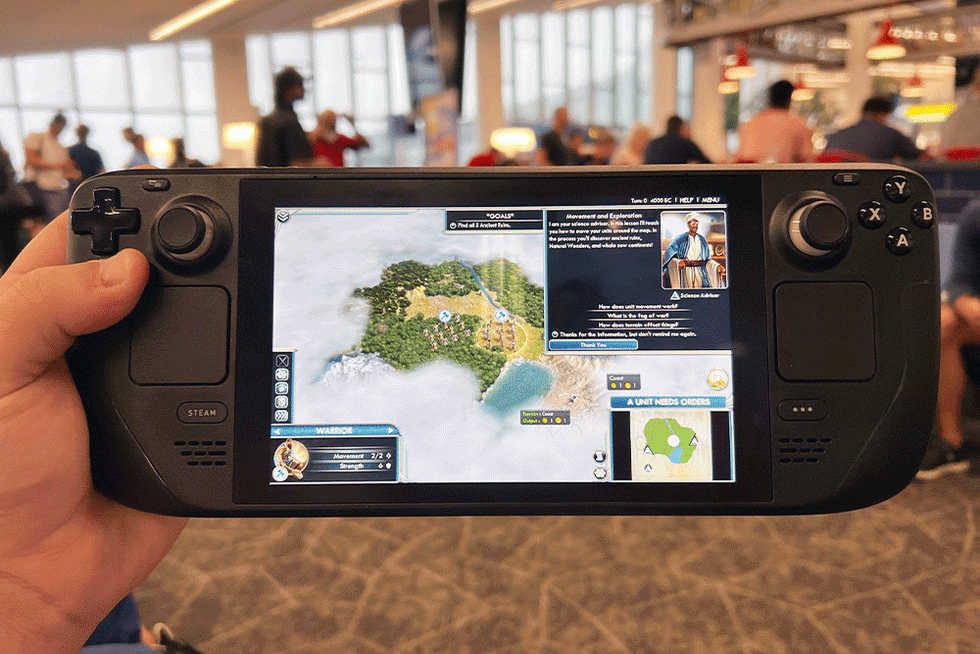
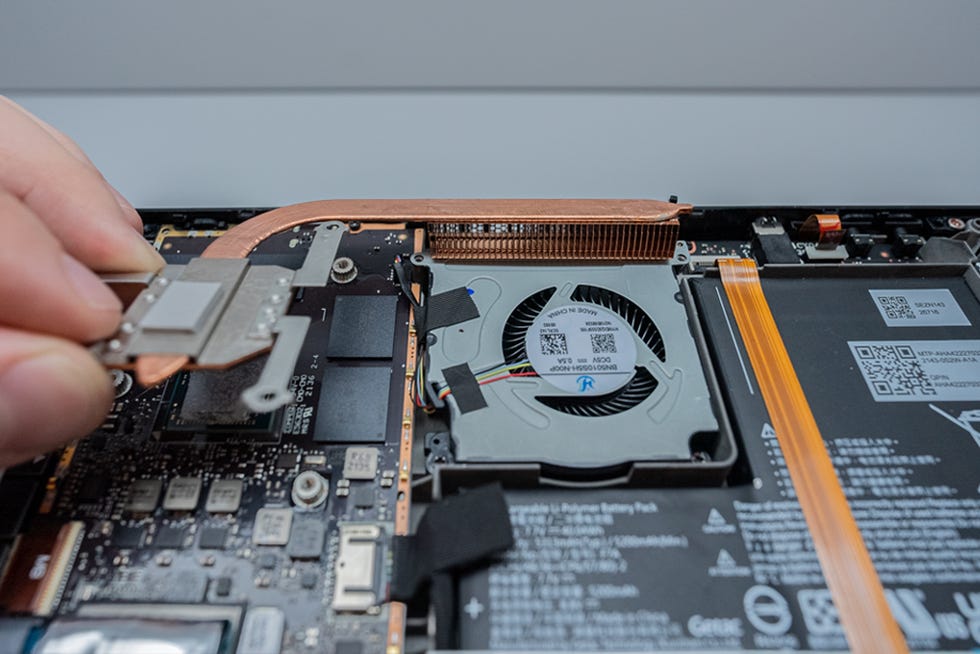
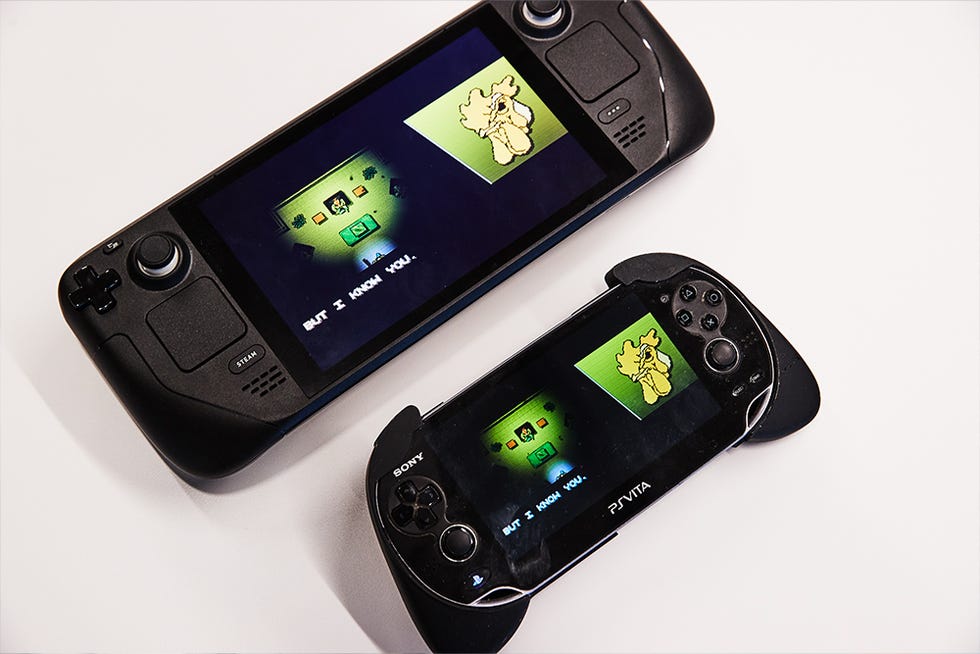
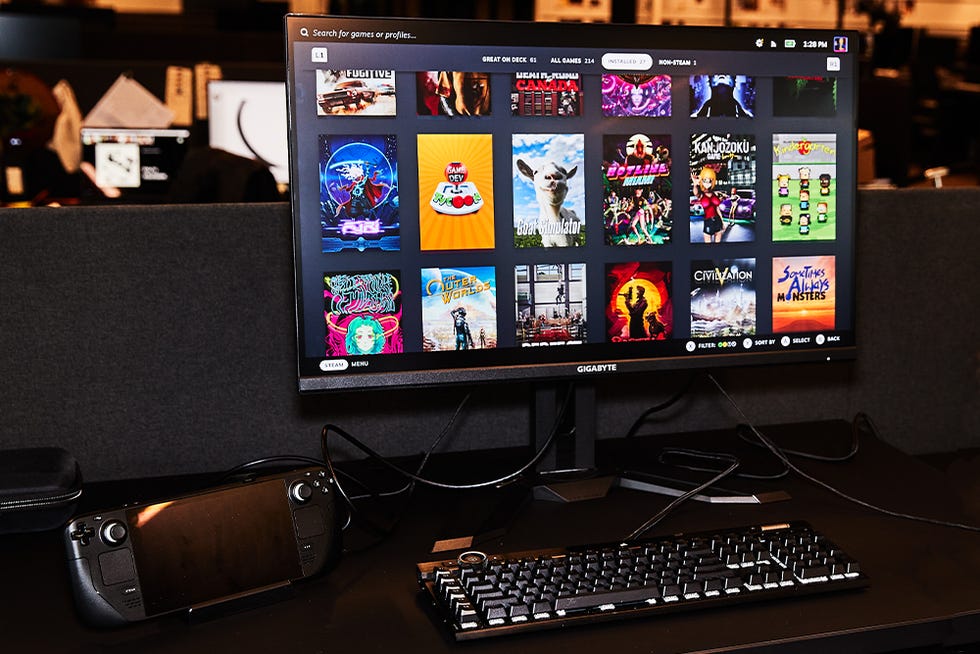
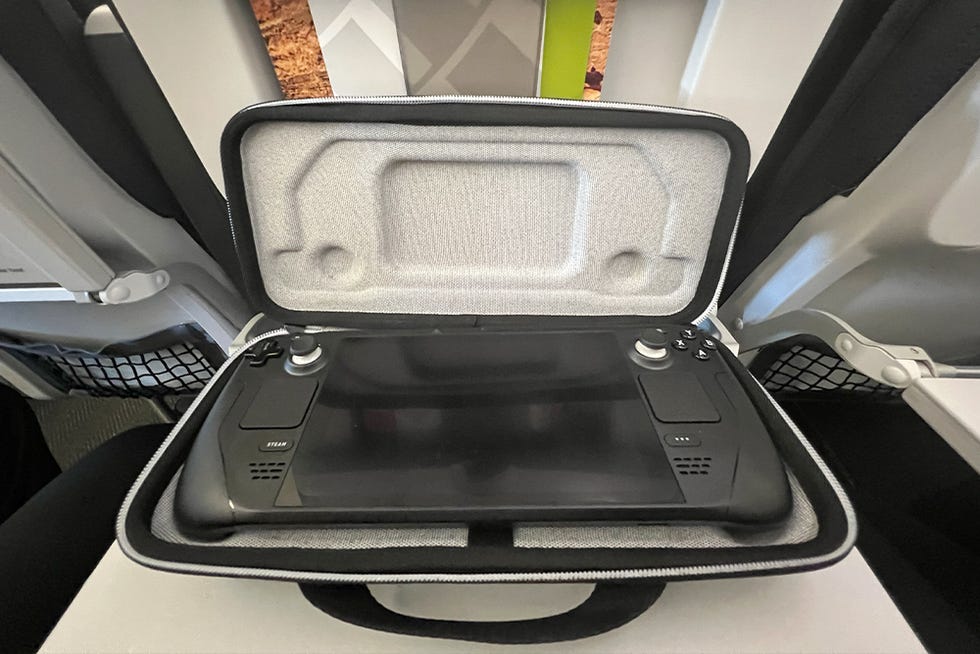
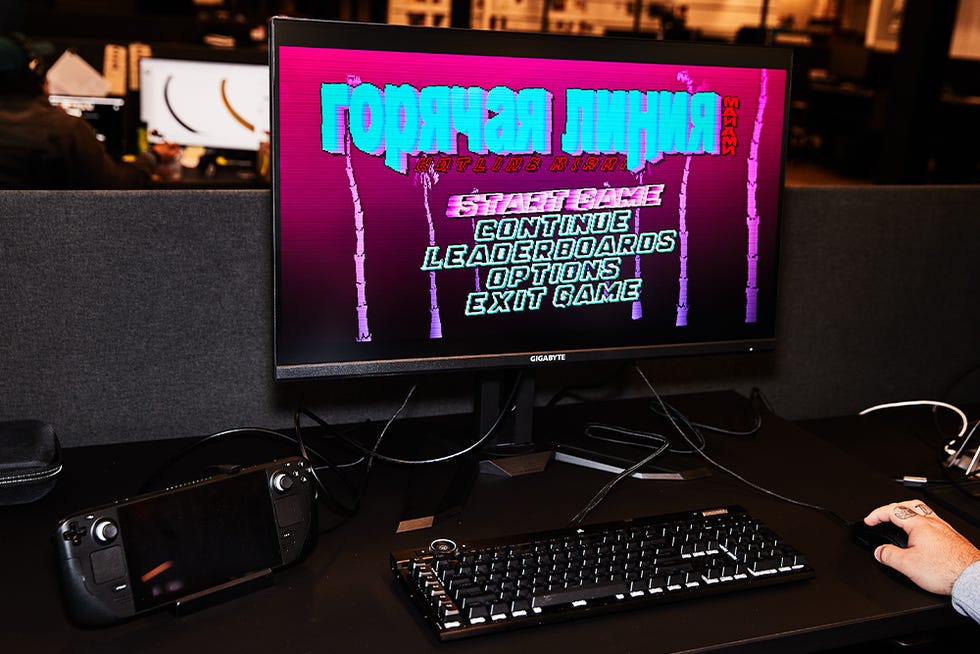
.png)